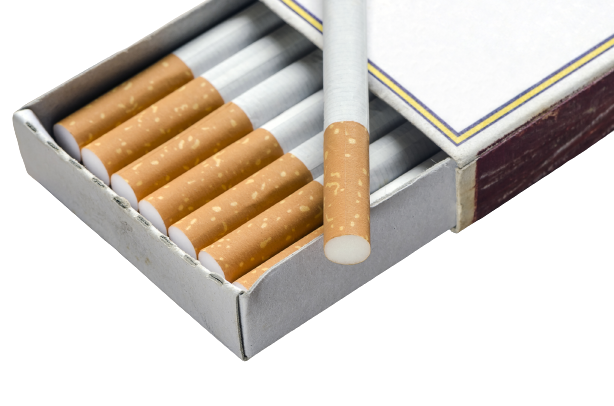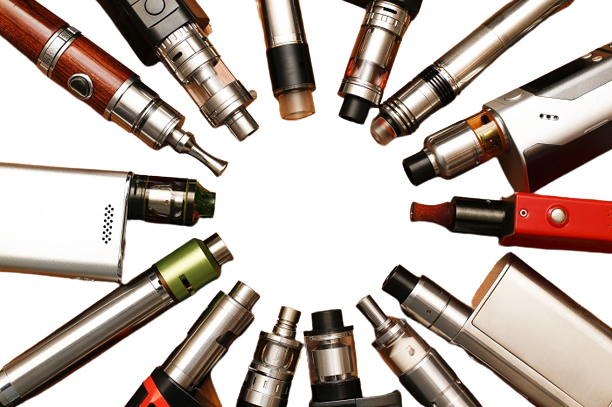Evolution of the Tobacco Industry
Before 1830s
-
Before 1830s

Before 1830s -
Roll Your Own (RYO)
- Back then, no health risks were associated with smoking, and cigarettes were not considered dangerous
- Made from loose tobacco (usually a shag cut) with rolling paper and was non-filtered*
- Generally packaged in pouches and inconvenient to use
*The purpose of the cigarette filter is to reduce the amounts of nicotine and tar consumed -
After 1950s

After 1950s -
Machine Rolled Filtered Cigarettes
- Improvements in cultivation and processing that lowered the acid content of cigarette tobacco and made it easier to inhale contributed to a major expansion in cigarette smoking during the first half of the 20th century
- Machine Rolled cigarettes consisting mainly of a tobacco blend, paper, PVA glue to bond the outer layer of paper together, and a based filter
- Machine rolled cigarettes were blended, using a mixture of different tobaccos to create a bright or robust flavor. The different tobaccos will most likely be derived from various cuts and have differing tastes. Having multiple different types of Tobacco is what gives a blend’s smoke a robust flavor
-
More recently

More recently -
Electronic Cigarettes
- E-cigarettes, or Electronic Cigarettes, are a relatively new trend in the smoking industry and have been gaining in popularity worldwide. They are also called vape devices or just vapes. They are battery-powered devices that utilize an atomizer to produce a flavoured vapour that replicates the experience of smoking tobacco
- E-cigarettes lack of an industry framework and governance, different from Cigarettes which is regulated by World Health Organization – Framework Convention on Tobacco Control (FCTC)
Now
